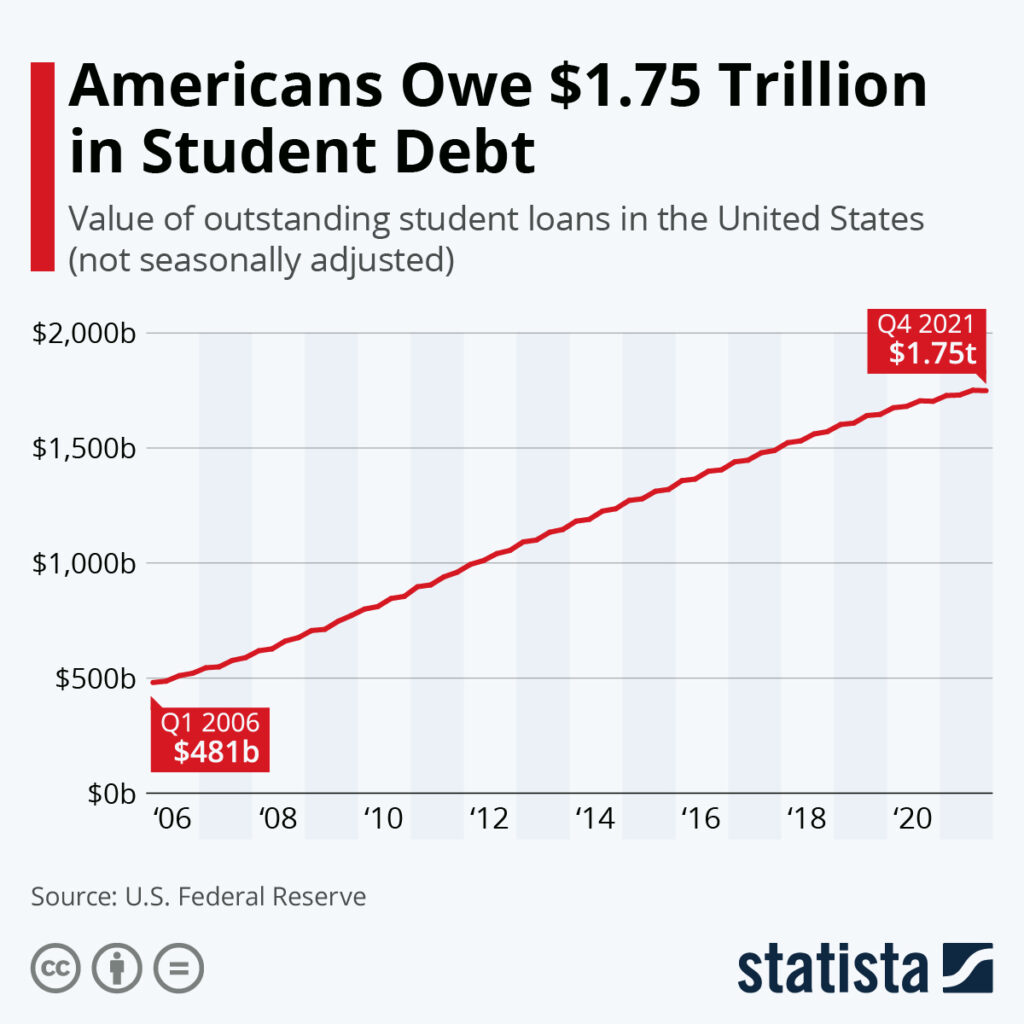After the Supreme Court struck down President Joe Biden’s student loan forgiveness plan, the White House has unveiled a new repayment plan called the Saving on a Valuable Education (SAVE) plan. This initiative aims to reduce borrowers’ monthly payments and provide additional student debt relief measures. The plan comes as a response to the court’s ruling and is part of the Education Department’s efforts to offer alternative pathways to debt relief.
The SAVE Plan: Providing Affordable Repayment Options
The Department of Education has finalized the new income-driven repayment (IDR) plan known as the SAVE plan. According to Secretary of Education Miguel Cardona, it is set to become the most affordable repayment plan in the country’s history. The SAVE plan offers various highlights, including:
- Reduced Monthly Payments: Undergraduate loan borrowers may see their monthly payments decrease from 10% to 5% of discretionary income.
- Pause on Payments: Borrowers earning less than 225% of the federal poverty level will have the option to pause their payments. This pause will protect financially vulnerable borrowers, ensuring they are not reported as delinquent, placed in default, or referred to debt collection agencies.
- Interest Relief: Regular monthly payments will not incur additional unpaid interest, providing some relief for borrowers.
- Accelerated Loan Forgiveness: Borrowers with original loan balances of $12,000 or less may have their loan balances forgiven after ten years of payments, as opposed to the previous 20-year requirement.
SAVE Implementation and Application Process
Borrowers will have the opportunity to enroll in the SAVE plan during the summer months, preceding the resumption of student loan repayments in October. To facilitate a smooth transition, the Education Department will launch a 12-month “on-ramp” repayment program from October 1, 2023, to September 30, 2024. This program aims to support financially vulnerable borrowers who may miss payments during this period. They will not face negative credit reporting, default status, or debt collection agency involvement. However, it is important to note that interest will still accrue during this time frame.
To apply for the SAVE plan, the Education Department will introduce a dedicated application website later this summer. Borrowers who are already enrolled in an Income-Driven Repayment plan (IDR) or the Revised Pay As You Earn (REPAYE) program will be automatically enrolled in the SAVE program once it is implemented.

Broader Efforts and Public Input
The SAVE plan is part of the Education Secretary’s rulemaking process, which aims to provide alternative paths to debt relief under the authority granted by the Higher Education Act. The Education Department has initiated the regulatory process and welcomes public input through written comments from stakeholders. Additionally, a virtual public hearing on the matter is scheduled for July 18th.
Private Student Loans and Alternative Options
It is important to note that the SAVE plan and other government initiatives do not apply to private student loans. Borrowers with private loans may consider refinancing options to secure lower interest rates, thereby reducing their monthly payments. Platforms like Credible allow borrowers to compare loan offers from different lenders without impacting their credit scores.
Supreme Court Decision and Future Outlook
The Supreme Court’s decision to strike down President Biden’s student loan forgiveness plan was based on the argument that the administration exceeded its authority. While legal challenges arose from six states, the court ruled that the plan presented a novel and fundamentally different loan forgiveness program not within the scope of existing provisions.
However, despite the setback, the Biden administration remains committed to providing student loan debt relief. Secretary Cardona reassured borrowers that efforts to support student loan borrowers and working families would continue.
Conclusion: The introduction of the SAVE plan by the Biden administration presents an alternative path to student loan debt relief after the Supreme Court’s decision on the loan forgiveness plan. This initiative aims to reduce monthly payments and provide financial support to borrowers. As the Education Department finalizes implementation details and solicits public input, borrowers are encouraged to stay informed about the application process and consider alternative options available to them, such as refinancing private student loans. The future of student loan debt relief remains an ongoing priority for the Biden administration.











